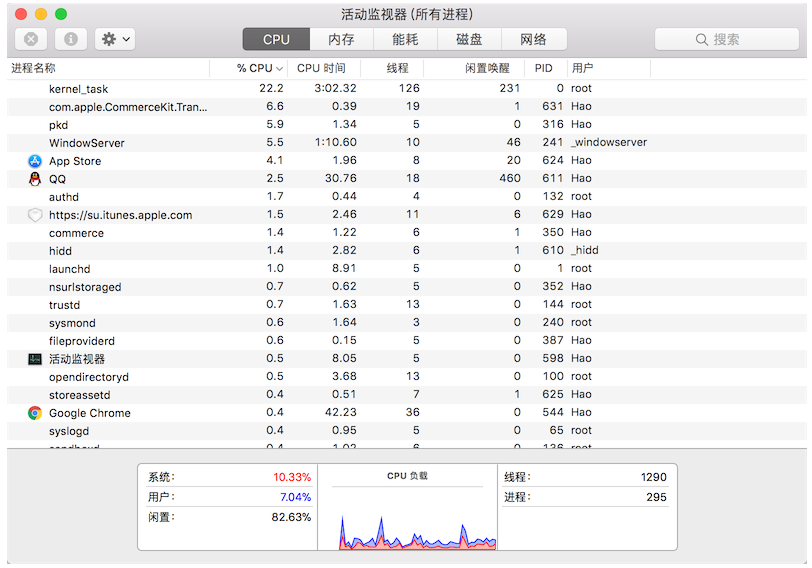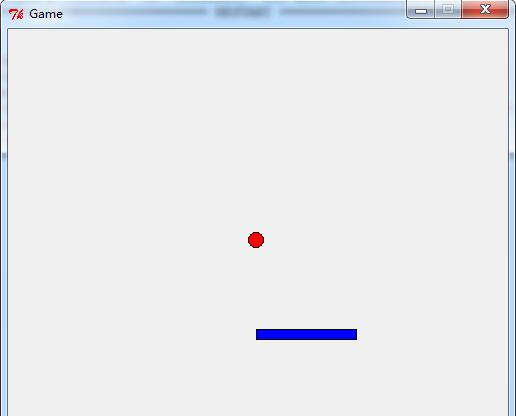Python中staticmethod和classmethod的作用与区别
一般来说,要使用某个类的方法,需要先实例化一个对象再调用方法。
而使用@staticmethod或@classmethod,就可以不需要实例化,直接类名.方法名()来调用。
这有利于组织代码,把某些应该属于某个类的函数给放到那个类里去,同时有利于命名空间的整洁。
既然@staticmethod和@classmethod都可以直接类名.方法名()来调用,那他们有什么区别呢
从它们的使用上来看
- @staticmethod不需要表示自身对象的self和自身类的cls参数,就跟使用函数一样。
- @classmethod也不需要self参数,但第一个参数需要是表示自身类的cls参数。
如果在@staticmethod中要调用到这个类的一些属性方法,只能直接类名.属性名或类名.方法名。
而@classmethod因为持有cls参数,可以来调用类的属性,类的方法,实例化对象等,避免硬编码。
要明白,什么是实例方法、静态方法和类方法:
class Demo(object):
def instance_method(self, your_para):
"""
this is an instance_method
you should call it like the follow:
a = Demo()
a.instance_method(your_para)
plus: in python, we denote 'cls' as latent para of Class
while 'self' as latent para of the instance of the Class
:param your_para:
:return:
"""
print("call instance_method and get:", your_para)
@classmethod
def class_method(cls, your_para):
"""
this is a class_method
you can call it like the follow:
method1:
a = Demo()
a.class_method(your_para)
method2:
Demo.class_method
plus: in python, we denote 'cls' as latent para of Class
while 'self' as latent para of the instance of the Class
:param your_para:
:return:
"""
print("call class_method and get:", your_para)
@staticmethod
def static_method(your_para):
"""
this is a static_method and you can call it like the
methods of class_method
:param your_para:
:return:
"""
print("call static_method and get:", your_para)
虽然类方法在调用的时候没有显式声明cls,但实际上类本身是作为隐含参数传入的。这就像实例方法在调用的时候也没有显式声明self,但实际上实例本身是作为隐含参数传入的。
对于静态函数,我们一般把与类无关也与实例无关的函数定义为静态函数。例如入口检查的函数就最好定义成静态函数。
类方法的妙处, 在继承中的作用:
class Fruit(object):
total = 0 # 这是一个类属性
@classmethod
def print_total(cls):
print('this is the ', cls, '.total:', cls.total, ' and its id: ', id(cls.total)) # cls是类本身,打印类属性total的值
print('this is the Fruit.total:', Fruit.total, 'and its id: ', id(Fruit.total))
print("=======================")
@classmethod
def set(cls, value):
cls.total = value
class Apple(Fruit):
pass
class Orange(Fruit):
pass
app1 = Apple()
app1.set(10)
app1.print_total()
Apple.print_total()
Fruit.set(2)
app1.print_total()
Fruit.print_total()
"""
output:
this is the <class '__main__.Apple'> .total: 10 and its id: 1355201264
this is the Fruit.total: 0 and its id: 1355200944
=======================
this is the <class '__main__.Apple'> .total: 10 and its id: 1355201264
this is the Fruit.total: 0 and its id: 1355200944
=======================
this is the <class '__main__.Apple'> .total: 10 and its id: 1355201264
this is the Fruit.total: 2 and its id: 1355201008
=======================
this is the <class '__main__.Fruit'> .total: 2 and its id: 1355201008
this is the Fruit.total: 2 and its id: 1355201008
=======================
"""
总结
以上就是这篇文章的全部内容了,希望本文的内容对大家的学习或者工作具有一定的参考学习价值,谢谢大家对【听图阁-专注于Python设计】的支持。如果你想了解更多相关内容请查看下面相关链接

